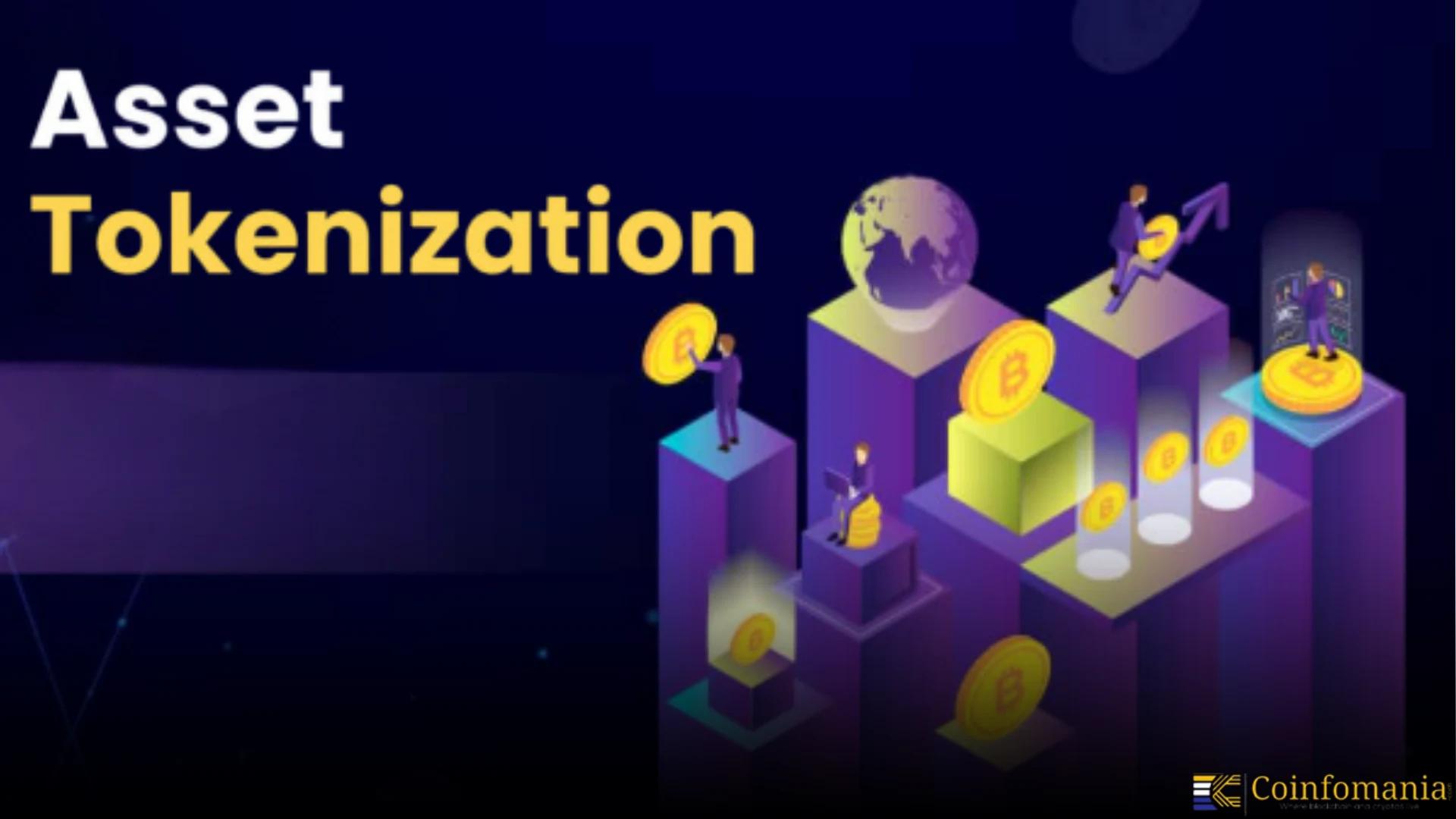Tokenized Assets and State-Level Crypto Regulations
Tokenized assets are reshaping the market. Learn about state-level regulations and their impact on blockchain. Read more details here:

Quick Take
Summary is AI generated, newsroom reviewed.
Tokenized assets provide fractional ownership and increased liquidity.
State regulations are advancing faster than federal laws.
Tokenized assets may make up 7-9% of portfolios by 2027.
Blockchain’s secure infrastructure is vital for tokenized asset growth.
Tokenized assets are digital representations of physical assets. These assets use blockchain technology for secure transactions. Blockchain allows tokenized assets to be transparent and decentralized. Investors can now own fractions of high-value assets. Tokenization increases asset liquidity and accessibility. Traditional assets are now easier to trade through tokenization. Fractional ownership lowers entry barriers for investors. It can be quickly transferred and traded globally. This innovation opens new investment avenues for everyone. Investors can access real estate, art and commodities easily. Blockchain ensures the security of these transactions in real time basis. Tokenized assets are reshaping investment strategies globally. More people are gaining access to expensive assets.
State-Level Crypto Regulations and Blockchain Innovation
State-level crypto regulations are gaining momentum across the U.S. Texas, Utah, and Arizona lead in blockchain regulations. These states are creating their own blockchain policies. State governments are acting faster than federal authorities. They’re developing blockchain-friendly frameworks to foster innovation. Texas, for example, has implemented favorable laws for blockchain. Arizona is following with similar regulations for crypto businesses. States are focusing on real-world blockchain applications. Local policies are supporting blockchain’s rapid growth. Task forces in these states promote blockchain adoption. Blockchain technology is thriving in these states’ economies. Local regulations make it easier to develop blockchain projects. The federal government has been slower in regulating blockchain. States are stepping up to meet the demand for blockchain innovation.
The Potential Growth of Assets
Tokenized assets are growing rapidly. EY’s 2025 study predicts $16 trillion in these assets. By 2027, tokenized assets could represent 7-9% of portfolios. This growth will be driven by blockchain technology. Blockchain offers secure, cross-chain connectivity for token based assets. It enables easy and efficient asset transfers globally. Real estate, art, and commodities are being tokenized. Investors can own fractions of properties or art pieces. Tokenization lowers barriers to entry for high-value assets. Tokenized assets can be traded more easily than traditional assets. Blockchain enhances security and transparency in asset transactions. Tokenization will disrupt traditional financial systems and markets. As adoption increases, tokenized assets will reshape investment strategies.
Follow us on Google News
Get the latest crypto insights and updates.
Related Posts

Bitcoin Faces Heavy Resistance as New Whales Target $99K Break-Even
Triparna Baishnab
Author

Ethereum OG Dumps $124M in ETH as Whale Selling Resurfaces
Triparna Baishnab
Author

Solana Leads Cross-Chain Flows as $SOL Dominates Weekly Crypto Activity
Triparna Baishnab
Author